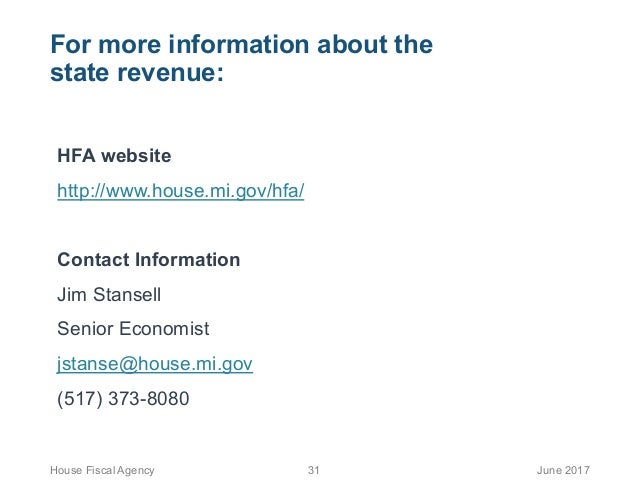Image source: http://slideplayer.com/4836802/15/images/38/Benefits+of+Cloud+Computing.jpg
When informed decision-makers are exposed to the potential represented, by looking at cloud computing examples, it is not difficult to start imagining a variety of different scenarios of benefit to the organization.
Cloud computing presents many exciting alternatives and options for almost any application imaginable. Many advocates enthuse that we are on the verge of a new revolution in information technology and a quantum change to the way that we access and manipulate data. When informed decision-makers are exposed to the potential represented by cloud computing, it is not difficult to start imagining a variety of different scenarios, of benefit to the organization.
Cloud computing is beneficial in so many different ways. Prior to the arrival of the concept, organizations that had major projects in the pipeline would have to budget for and procure hardware capacity at great potential cost and disruption. They would have to locate and employ staff, bring existing staff up to speed in different software applications and in general incur a significant raft of costs in order to achieve their goals. Cloud computing allows them to access enhanced capacity for their data hungry projects, or to access the latest in software and cutting-edge applications without the need to install and administer locally. Their staff can access data and applications wherever and whenever they need.
Illustrating cloud computing examples, the New York Times used cloud computing power to process an enormous amount of archival data within a slim, 36 hour period. This organization needed access to a huge amount of additional processing power for a one-off project. Database reorganization or restructuring is an ideal candidate for the power of cloud computing. In the example of the New York Times, it is estimated that the newspaper would have taken a month or more to process the data conventionally.
Another of the cloud computing examples made public recently involved the developer Infosys. The company used cloud services to enlarge software capabilities so that automobile dealers around the nation could collaborate by sharing resources and updating inventories and availabilities instantly. Retailers and department stores are also examples of organizations turning to cloud services to link networks of stores, to help ensure that supply chain management is as near to logistically perfect as possible.
At times, instantaneous scaling is necessary, as confirmed by animation website Animoto. In this cloud computing example, the company launched a Facebook related program that went "viral" overnight. Due to demand for the application that the company launched, the animator had to scale up from 50 to 5000 servers in just a few days, a feat that would have been technically very difficult to achieve before, but which they achieved without any hiccups.
Through available access to resources almost instantaneously, organizations are now able to reach far beyond previously perceived barriers, as they move to potentially successful and untapped arenas. There are many cloud computing examples of organizations that have taken advantage of the flexibility and the realization of considerable cost savings. These options are far preferable to the alternative -- budgeting for guaranteed and dedicated capacity at premium cost, or worse still -- the installation of costly, on-site hardware requirements.
